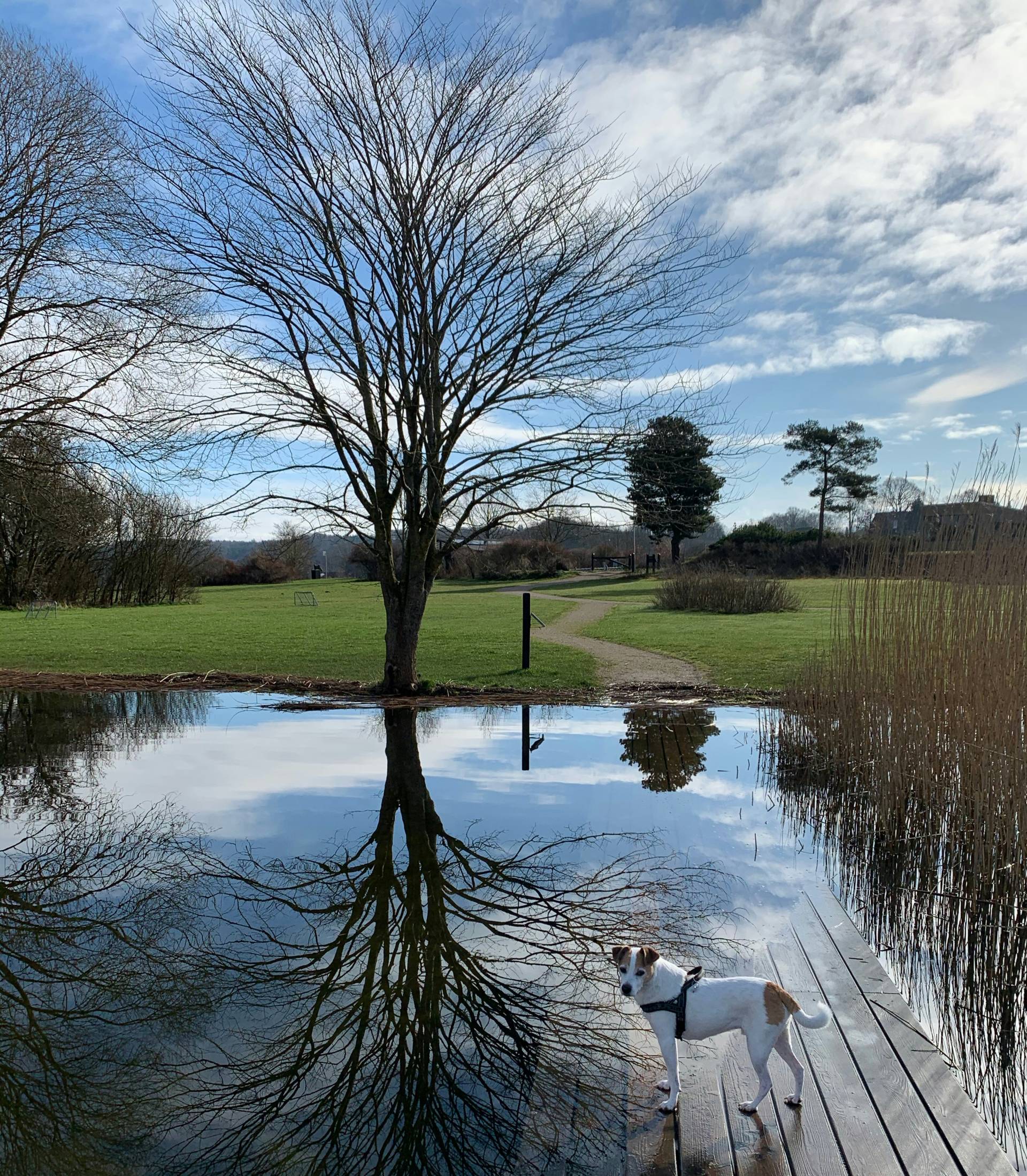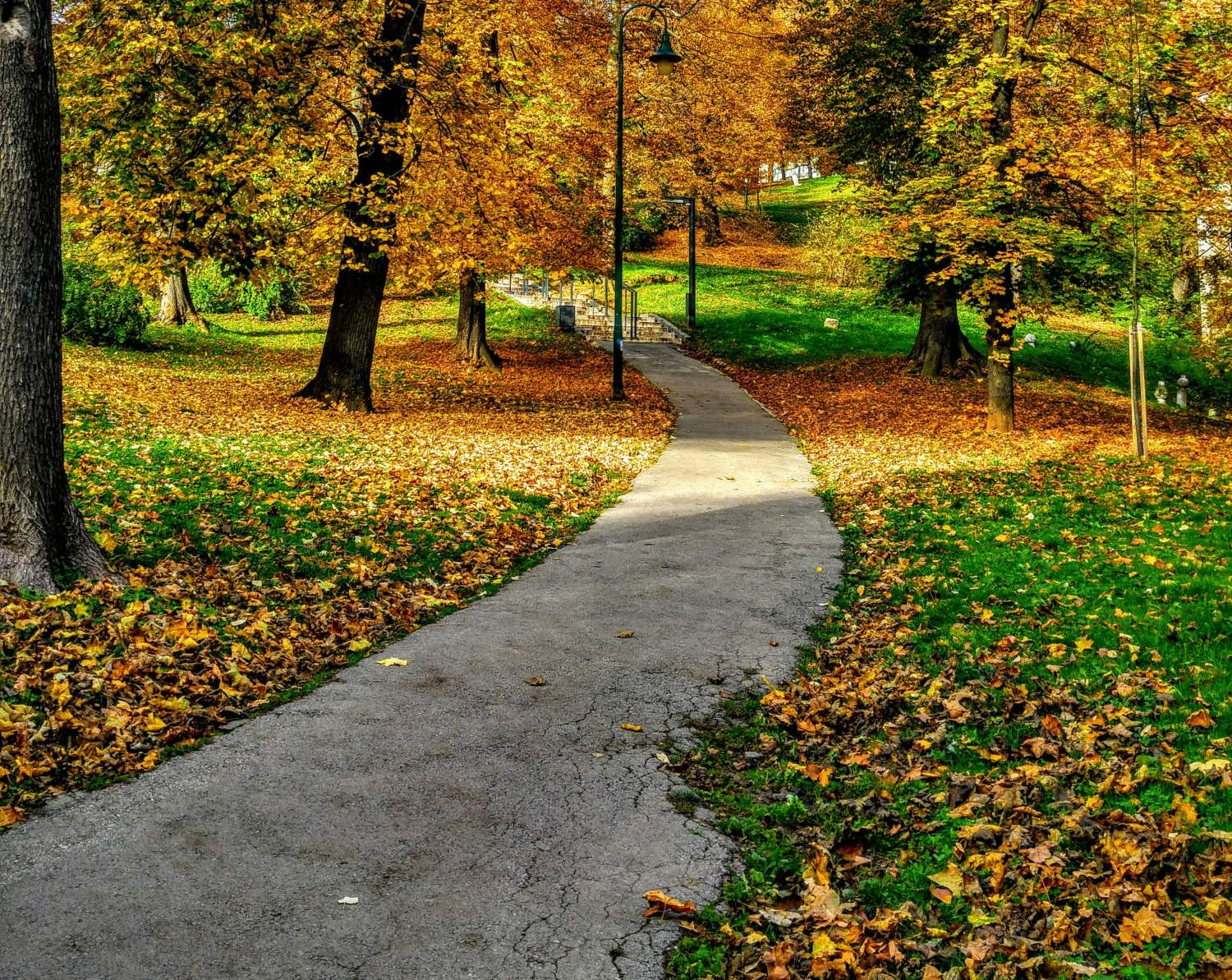How to get your Sports and Social Club ready for Autumn/Winter
Autumn and winter weather can pose significant problems for sports club premises or social club buildings. Whether it’s the blustery weather or the earlier nights, clubs operator and managers need to know how to best prepare their club.
Use the key tips listed below to risk assess your club – or alternatively contact your Club Insure account handler for more detailed tailored advice and for answers to any questions.
Lagging
Lagging involves insulating external pipes, helping prevent bursts or heat loss. If your club is open over the winter months, it is essential that all pipes are lagged, especially in the loft.
The majority of clubs will have boilers that are relatively old, and these clubs will be extremely vulnerable to Escape of Water claims due to frozen pipes over the winter period. After Fire claims, Escape of Water claims are the biggest risk to a club. The resultant damage caused can cost tens of thousands to rectify.
Mark Dearden, Club Insure Schemes Manager, talks more about lagging and winter safety advice here:
Slippery Footpaths and Steps
Perform risk management procedures to check and repair paths and steps. Prolonged usage and increased rainfall can lead to slippery, uneven surfaces resulting in broken legs, ankles or worse.
Non-slip strips are a good preparative measure, as well as proactive winter maintenance programme. Lay down sand or salt and grit to fight against frost. Ensure you check your premises daily, especially when the weatherman warns of low temperatures.
Waterlogged grounds

Widespread waterlogging is common for floodplains and flood risk grounds, especially those due to clay-based soil. Blockages such as tree roots and refuse waste can cause waterlogged drains, which will quickly flood your premises. A flood results in significant business interruption and damages, and all actions should be take to see this eventuality be avoided.
Identification of the causes of drainage issues is crucial to rectify the problem. Treatments such as air injection or vert-draining may be required. Clubs should consider getting rid of top soil in problem-areas and lay down gravel or sand-slits.
Overhanging Trees
This should be done at the start of the season. Do not attempt to do this yourself as there are many risks. Hire a professional tree surgeon to tackle overgrown trees and foliage.
All subcontractors must have their own insurance, make sure you ask for proof of this before they start work.
Flat Roofs
Leaves and refuse can build up on flat roofs and cause numerous issues. Before the colder months, have your flat roof cleared by a professional.
Also, ensure the guttering is cleared out – this will help prevent clogging and water drainage problems. You may even find some balls or lost items up there as a bonus.
Windy wet weather issues
Clubs may need to change how they operate during the colder months. Leaving equipment outside or offering outdoor areas for services may need to be reviewed.
Tie down all equipment, no matter how heavy. Review areas which will most likely be affected by ice or frost. Check all gates and fences for likelihood of being blown down or damaged. Double check your premises and club buildings for leaks.
It’s important club appoint and have clearly signposted which individual is responsible for gritting, including the premises, walkways and carpark.

Start up Indoor Societies
As the months get colder and wetter, outdoor societies such as running clubs or fresh-water swimming clubs can see their numbers quickly wane. The months also typically have a more packed schedule, and it can be difficult for your regulars to find the time to visit. This has a direct impact on your club profits and bar sales.
Start up some new, more winter-appropriate societies that will keep people coming to your club. Double up running with indoor yoga, futsal over football, swap swimming with dancing classes. Utilise your indoor space by accessing those members you annually lose; perhaps take on their recommendations and evolve your offering.
Battery Charging
Batteries can be found in many different appliances and piece of equipment found at sports and social clubs. Equipment with batteries need to be kept in secure and dry locations. Most fires at clubs are either caused by kitchens, or by batteries. Charging batteries overnight will cause them to overheat and put your premises at risk.
The batteries need not be large to pose a threat. Floodlights, power tools, phone chargers, machinery, groundskeeping equipment; all can contain batteries and need to be risk assessed. We recommend storing the batteries in a metal container away from the premises.

Securing up your premises to deter theft
Theft is more common in the autumn and winter months because of increased cost pressures and the earlier nights. The blustery weather can cause issues with maintaining security and secure borders.
Store away equipment securely, and potentially remove equipment from your premises if it is not planning to be used for an extended period of time. Assess the locks you use, the quality of your building locks, and how someone could access your club’s property.
Annual Pre-Autumn/Winter Check
Sports and social club owners and manager should consider a pre-autumn/winter check. Contact us for more advice on how to do a full and proper pre-autumn/winter check.
And for when it’s time, check our advice on how clubs should get ready for winter:







